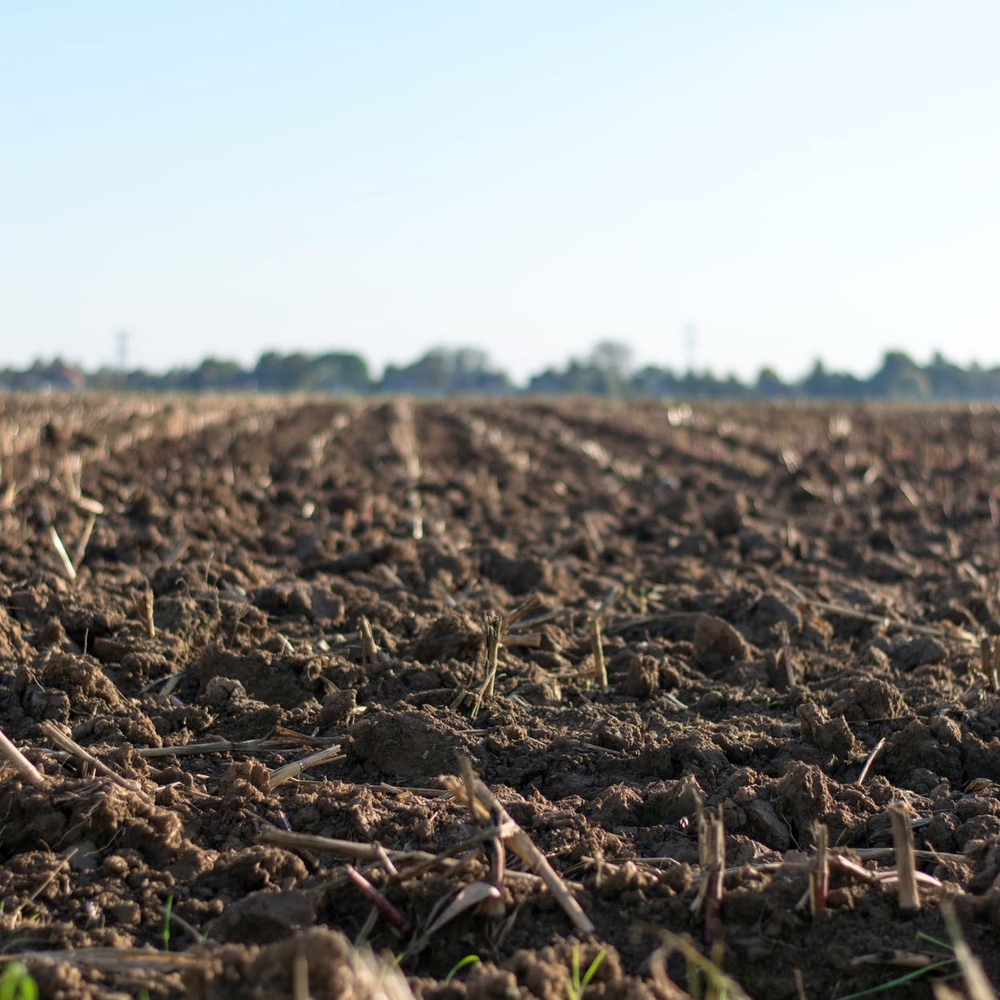Soil erosion
Soil particles are detached and mobilised by a combination of rainfall and surface runoff. The transport of detached particles has a capacity related to the velocity of the runoff. When the rate of transport exceeds the deposition or settling velocity, which is related to particle size, net soil erosion occurs. Erosion is responsible for transferring soil and attached engineered nano-materials from land to waterbodies, and is the key mechanism for quantifying sediment yields.
The modified Universal Soil Loss Equation (MUSLE, Williams 1975) - as widely used in the SWAT model (Soil and Water Assessment Tool, Neitsch et al. 2011) - is used as a basis for quantifying the daily sediment yield (Sy). The equation and the methods used for deriving data required for calculating Sy across Europe, which entail some modifications to the original use of MUSLE, are described in the Soil erosion modelling page.
|
|
Used for |
|
|
Algorithms |
|
\(S_{y}=(q_{surf}Q_{peak}A)^{0.56}.K_{USLE}.C_{USLE}.P_{USLE}.LS_{USLE}.F_{CFRG}\) |
|
Read more |
Read also |
|
Visit the NanoFASE Library: |
Neitsch, S. L., Arnold, J. G., Kiniry, J. R., & Williams, J. R. (2011). Soil and Water Assessment Tool - Theoretical Documentation: Texas Water Resources Institute Technical report 406, Texas A&M University System, College Station, Texas, U.S. Morgan R, Duzant J. (2008) Modified MMF (Morgan-Morgan-Finney) model for evaluating effects of crops and vegetation cover on soil erosion. Earth Surface Process. Landforms 32, 90-106. |
Contact
 Mike Hutchins
Mike Hutchins
Centre for Ecology and Hydrology (CEH)



